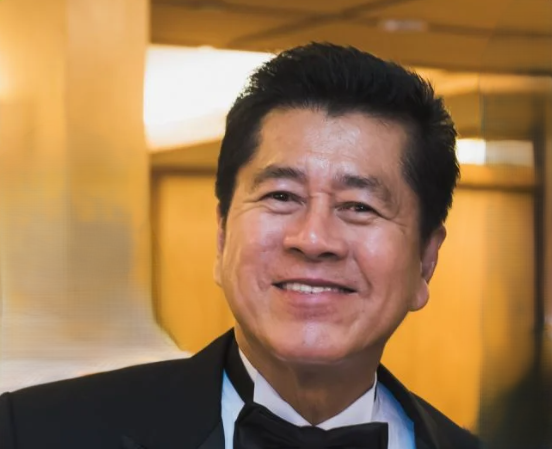Tommie Goh’s tale is a tremendously powerful example of how vision and dedication can create a legacy that inspires entrepreneurs for decades to come. His estimated net worth, which is in the high hundreds of millions, is the result of a number of daring choices, astute intuitions, and a noticeably better sense of timing than most of his contemporaries.
When he established JIT Holdings in 1987, it was a small trading company that sold printed circuit board components. However, from the start, Goh showed an entrepreneurial tenacity that was quite evident to all around him. He lessened dependency on others and laid the groundwork for a business that would grow at a substantially quicker rate than even its most seasoned rivals by reinvesting the company’s initial SG$100,000 in a tiny plant.
Tommie Goh Bio Data and Career Overview
| Detail | Information |
|---|---|
| Full Name | Tommie Goh |
| Birthplace | Singapore |
| Occupation | Entrepreneur, Investor, Philanthropist |
| Known For | Founder of JIT Holdings, Chairman of 2G Capital |
| Industry | Electronics Manufacturing, Private Investments |
| Net Worth (2025 estimate) | Several hundred million USD |
| Major Achievement | Sold JIT Holdings to Flextronics in 2000 for US$640 million |
| Key Awards | Entrepreneur of the Year (1997), Businessman of the Year (1999), Public Service Medal (2002) |
| Philanthropy | SG$2 million donation for Tommie Goh Professorial Chair in Entrepreneurship, SMU |
| Reference |
By the early 1990s, JIT was the world’s largest contract manufacturer for Hewlett-Packard and was producing mobile phones for Motorola. Revenues increased from SG$100,000 in year one to SG$100 million in three years, demonstrating that this expansion was not just quick but also extremely efficient. Goh’s ability to acquire big contracts and simplify operations was extremely adaptable and became the basis of his net worth in a corporate environment where failures were prevalent.
When Silicon Valley’s Flextronics purchased JIT in a US$640 million stock swap in 2000, it marked a sea change. During that period, JIT had over 5,000 employees and more than one million square feet of factory space spread across China, Malaysia, Indonesia, Singapore, and Hungary. The transaction was especially advantageous for Goh’s wealth and his standing as one of Singapore’s most astute businessmen. He demonstrated his talent for timing by selling at a time when the electronics industry was preparing for consolidation.
The awards came one after the other. His reputation was bolstered by his 1997 Entrepreneur of the Year and 1999 Businessman of the Year awards, and his broader services to society were acknowledged in 2002 with the Public Service Medal. These honors have held up remarkably well, guaranteeing that his name will always be associated with Singapore’s ascent as a manufacturing and innovation hub.
However, Goh’s tale did not end with JIT. He has become an investor with a presence throughout Asia-Pacific through 2G Capital. He has taken a very creative strategy, focusing on both private and publicly traded companies and frequently seeing opportunities far before others do. He has greatly decreased investment risks and built a portfolio that has steadily increased in value over time by utilizing sophisticated analytics and strategic alliances.
Another essential component of Goh’s identity has been philanthropy. He showed a forward-thinking dedication to fostering the future generation in 2000 by donating SG$2 million to Singapore Management University to create the Tommie Goh Professorial Chair in Entrepreneurship. These endowments are particularly resilient investments in the field of education, continuing to provide advantages long after the original deed of kindness. Aspiring business owners found his gift to be quite similar to the deeds of well-known international donors who believed that education was the foundation of long-term success.
Business journalists have recently contrasted Goh’s practical approach with that of colleagues such as Sim Wong Hoo, pointing out that both followed quite different strategies—one relying on consumer electronics and innovation, while the other focused on timing and reinvestment. Nevertheless, Goh’s wealth is still incredibly stable because of his methodical transition from operator to investor. His professional path offers a strikingly successful model for anyone looking to strike a balance between social duty and financial aspirations.


